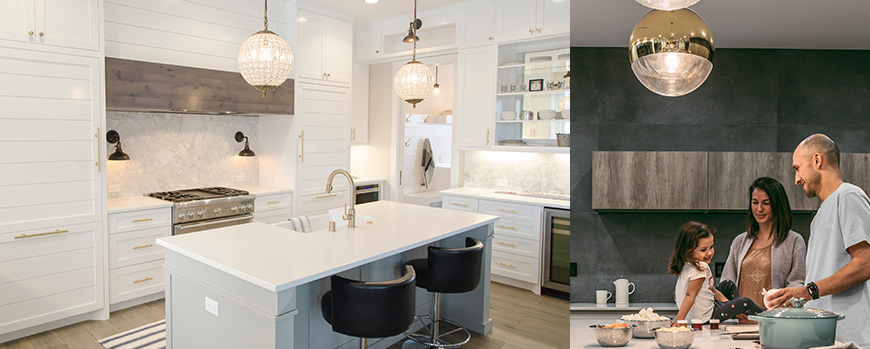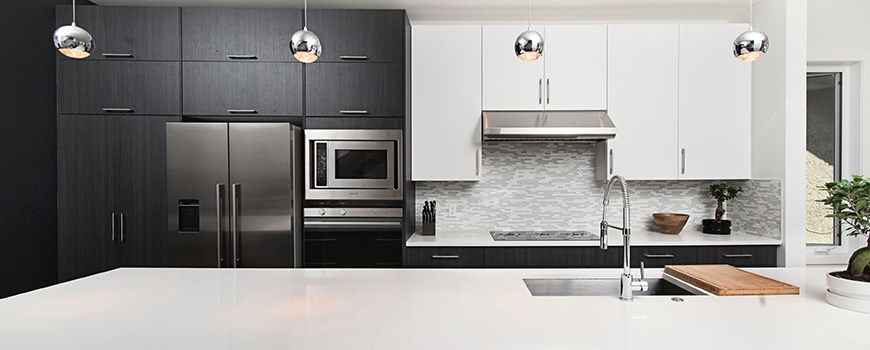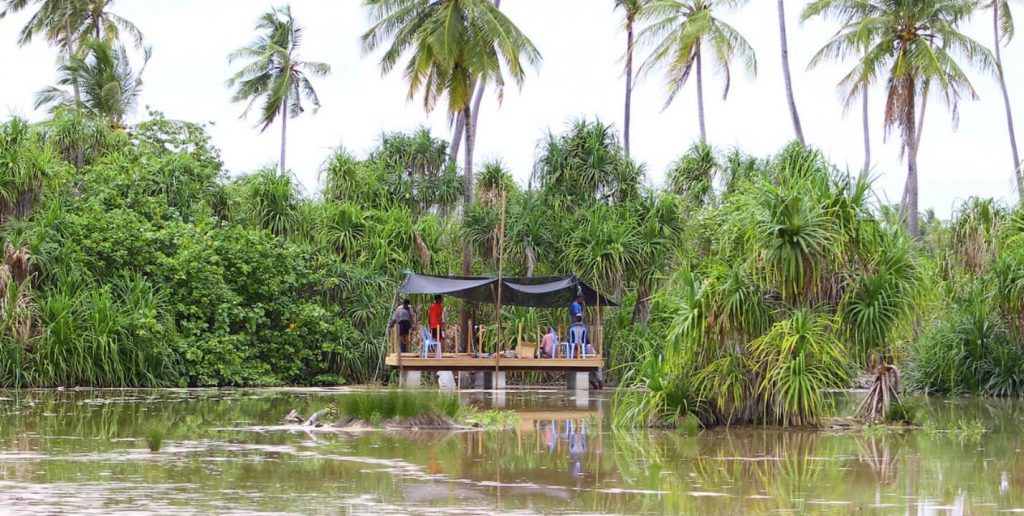Kelaa is an inhabited island found in the northern most atoll in the Maldives, Haa Alif. It is home to a unique reef formation, boasts a magnificent beach area, and is ripe with the telltale signs of tropical paradise: palms on palms on palms. In addition to this, the local population of Kelaa still maintains local traditions and customs, and their traditional celebrations are hard to rival.
Currently, there are efforts underway to build an integrated resort in the Thundi area of Kelaa, which also has a natural bay. This bay has a unique V- shape and is a protected section of calmer waters where a different ecosystem thrives. The area is rich in marine biodiversity, with baby sharks and rays flourishing among a significant number of juvenile fish. The proposed project will be constructed in this area of island.
Locals know the area by the name gaa muli, a name given to the site because of the coral gravel and small rocks (gaa) that cover an area which bends into the land (muli). The turquoise area is called fungandu which means deep area. In the past fungandu was much deeper with a vertical drop from the sandy area to the sea bed, hence the origin of the name. However, today with the construction of the harbor at the other end of the island, the changes in the current and wave patterns have now accumulated sand to the area and is much shallower.
Feel Sparse And Stark
The rich biodiversity that can be found at gaa muli is apparent even in the different species of fish that exist there. Besides baby sharks and sting rays, there are significant populations of samoan silverside (thaavalha), Redtailed Pipefish (venu bandeyri), Bluespotted cornet fish (onugandu tholhi) and many others. (For a more comprehensive list of fish species, please scroll to the end of the article).
For obvious reasons, this area is very popular for Stilt/Pole fishermen. They sit on their stilts for several hours, often with packed snacks to keep them occupied, while they fish for uniya and kalhu oh in Hulhangu moosun (southwest monsoon) when the sea is too rough for tuna fisheries. The age old custom of fishing in shallow water from vertical poles secured in the lagoon is unique and gradually dying out.


How To Make Your Kitchen Feel Like It's In The French Countryside
Kelaa’s gaa muli area is therefore not only important on biological levels, but also as a place that is deeply intertwined with local customs, traditions and history. As the integrated resort project continues to take shape, so do some concerns regarding the protection of the area.
The Maldives unfortunately has a bad track record of developmental efforts that directly pits economic activities against natural ecosystems and cultural heritage sites. Harbor dredging, large scale land reclamation, channel blasting with dynamite are modifying our coastal landscapes and island topography on scales we have never witnessed before. These coastal modification projects must take place with proper environmental impact assessments, which unfortunately is not the case with all the projects. Often, we are blind to the ecosystem impacts that these projects have, instead focusing on anthropogenic needs.
On the other hand, the Maldives also has some protected marine areas and few terrestrial sites. However, protection does not necessarily ensure conservation and appreciation. When poorly managed and monitored, these areas can suffer more damage than good.
These issues are a result of poor policy management that does not hold sustainability (of our people and culture as well as environment) as a key value. In contrast, if we moved past the idea that sustainability and development are at odds with each other, there are many opportunities to grow while ensuring future environmental, economic and social stability.
One of the ways in which we can do so is by exploring ecotourism on a strategic national level. The Nature Conservancy defines ecotourism as “environmentally responsible travel to natural areas, in order to enjoy and appreciate nature (and accompanying cultural features, both past and present) that promote conservation, have a low visitor impact and provide for beneficially active socio-economic involvement of local peoples.”
What this means on the ground is identifying ways in which our rich biodiversity and cultural heritage can be celebrated and preserved while reaping the benefits of tourism income. To do this, we must support local conservation efforts and incorporate locals in decision making. Often, they are the best identifiers of places that hold environmental and cultural importance.
We believe that the Thundi area in Kelaa is a prime example of such a place. For reasons outlined above, the protection of the area stands to have multiple benefits, not just on the environment but also on local income.

Kitchens That’ll Make You Want To Redo Yours
In addition to this, ecotourism poses educational benefits for both visitors and local communities – by teaching both to appreciate and conserve nature and heritage for future generations. To do this, we must encourage low-impact visitor behavior and a sensitivity towards local culture and biodiversity.
Furthermore, we must take a different approach to design with the idea of showcasing our local strengths without exploiting them. What are ways we can build for tourist accommodation without destroying natural habitat? What are ways in which we can design that celebrates local art and history?
As the integrated resort project efforts continue, we at IDEAS emphasize the importance of incorporating these biological and cultural aspects of the area into the project. The area must be left intact from human encroachment and preserved as a natural heritage site that benefits present and future generations. We hope that the bay area will be left intact in the form of a natural park to attract tourists.
With the right approach, the HA. Kelaa Thundi area is a prime location that can be used to promote ecotourism and showcase the diversity of marine life in the Maldives. We hope that these issues are taken into account, and conversations are held with local stakeholders and policymakers. Ecotourism when adapted on a policy level will promote economic and social development as well as environmental protection.
Fish species found in the area:
Baby sharks
Sting rays
Samoan silverside ( Local name : Thaavalha)- A seasonal fish used as bait.
Redtailed pipefish ( Local name : Venu bandeyri)
Bluespotted cornet fish ( Onugandu tholhi)
Half beak ( baipen tholhi)
Trevally ( handhi)
Double Spotted gueenfish ( Kashi vaali)
Small spotted dart ( Goru vaali)
Snubnose pompano ( rindha Vaali)
Big eye scad ( mushimas) – A seasonal fish
Bengal snapper ( Reendhoomas)
Common silver biddy ( Uniya)
Fringelip mullet ( Mekunu)
Baby trevally ( Korakali / handhala)
Humpback red snapper ( Ginimas)
One spot snapper ( Filolhu)
Painted sweetlips ( Kilanbu Guruva)
Thumbprint emperor ( Lah filohlhu / Vilu filolhu)
Six-fingered threadfin ( Keyla)
Dash-dot goatfish ( Maa kalhuoh’)
Side-spot goatfish ( lah kalhuoh’)
Barred flagtail ( Kattafulhi)
Seven –banded sergeant- major ( Gui burandha/ Gobbooru)
Convict surgeonfish (raabulha)
Spotted Unicornfish ( Thunbi/ a’mas)
Aerial Photography: Island Beauty of Kelaa
Landscape Photography: Adam Saaneez




